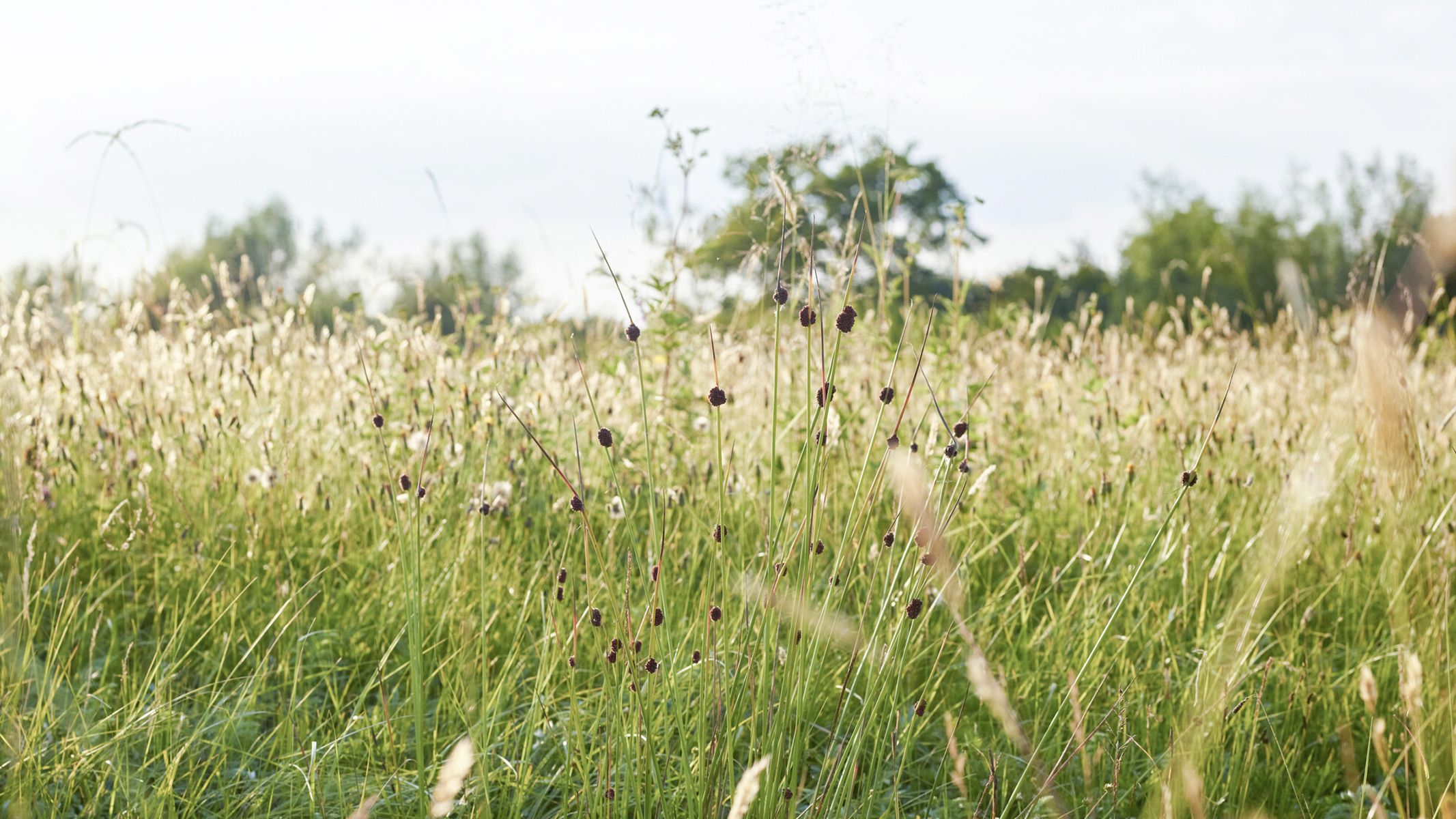A photostory - part 2
A year in the life of our flourishing floodplains
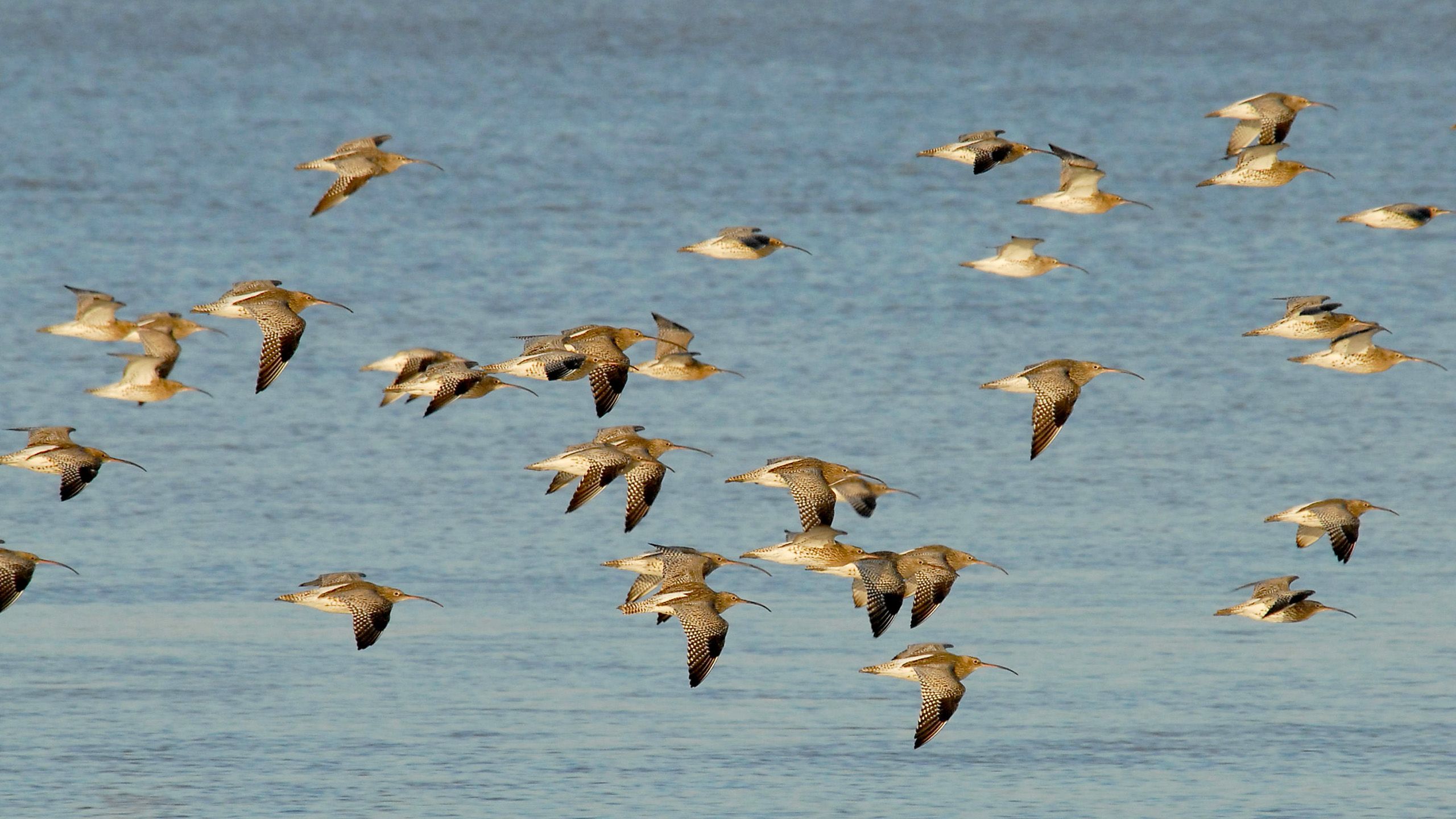
The curlew is so evocative of our wild and wet landscapes, beloved by poets, artists and musicians throughout the centuries. But it is now regarded as the most pressing bird conservation priority in the UK.
The UK is home to a quarter of the world's population of curlew. Yet in our ever-changing landscapes, they’re increasingly unable to rear chicks, with the number of breeding curlews in the UK having declined by 65% since the 1970s.
It's a complex picture and one that can't be solved alone. That's why WWT is working in partnership with the Farming and Wildlife Advisory Group South West (FWAG SW) and The Floodplains Meadows Partnership, across the Severn and Avon Vale, so that together we can protect and enhance these precious wetlands for wildlife like the curlew that call them home.
This is our story.....
Curlew calling
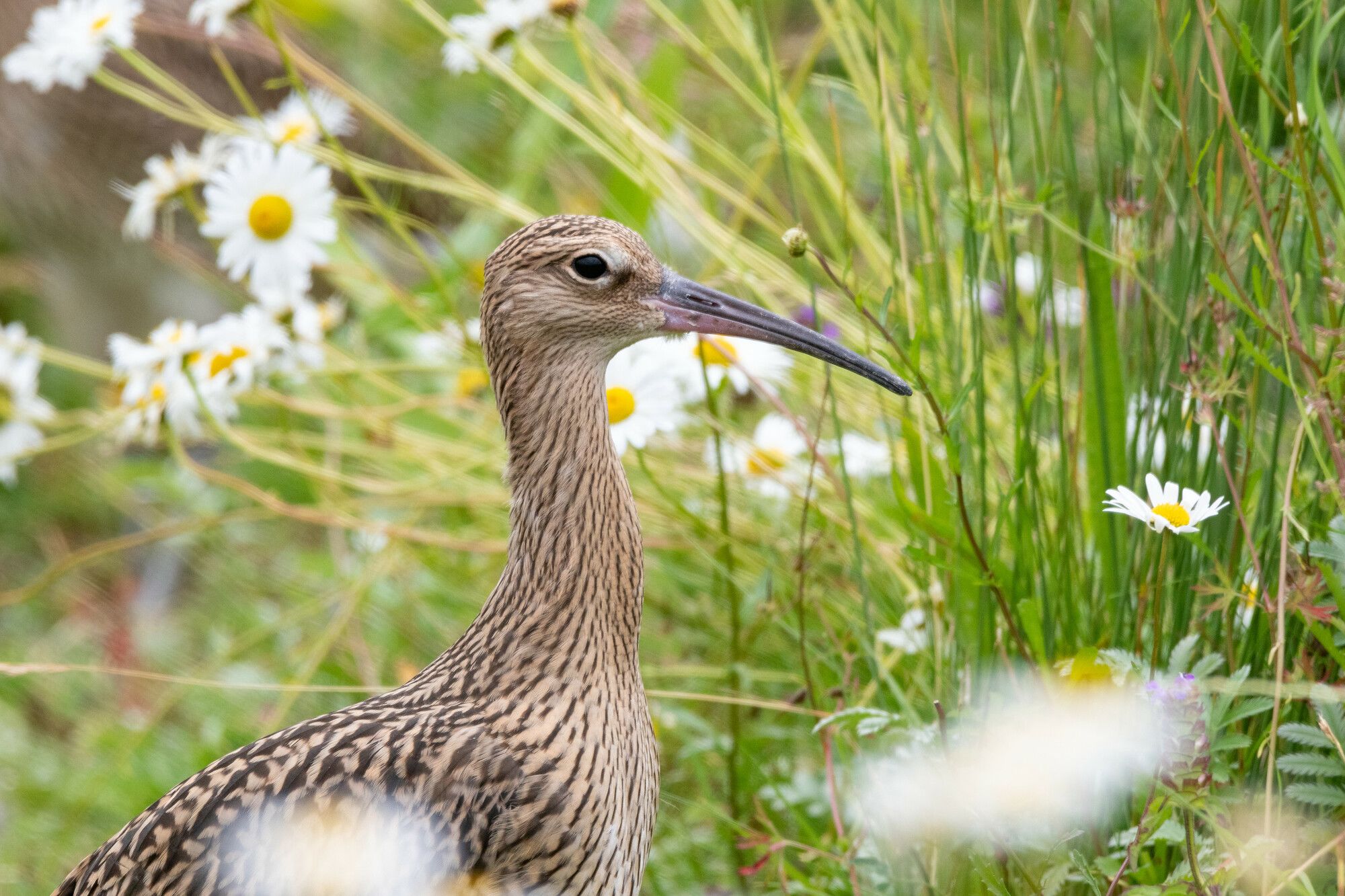
The damp and seasonally flooded meadows of the Severn and Avon Vale hold one of the largest breeding lowland populations of curlew.
The wonderful sound of a Curlew call.
Their stirring call is one that runs deep in our memories of the landscapes we love. But with only 35 pairs now seen in the Vale, these low numbers are a real cause for concern.
Our Flourishing Floodplains project is aiming to reverse this decline...
It’s spring on the banks of the Severn Estuary in the Severn and Avon Vale, and WWT conservationist Dan Gornall is hard at work tracking down the elusive curlew.
It’s early in the season and one of the first birds to be tracked down is Carl, named after a local farmer whose land we caught it on.
Farmers are the ‘guardians of the curlew’ and play an important role in securing the future of this much-loved bird.
By April monitoring is well under way and Dan and his colleague Kane, are out catching curlews so they can be equipped with GPS tracking devices.
Although the catching of birds for the fitting of rings and transmitters may come across as a bit intrusive, these bits of kit are crucial for our conservation work.
By using these tags we’re able to get an incredibly personal insight into the daily lives of these curlews as they travel from the banks of the Severn Estuary in the Severn and Avon Vale in search of nesting sites.
It’s been exciting to see their movement, with tracks showing birds travelling around the Midlands in search of nest sites during the breeding season.
The data provided by the GPS tags is proving crucial in our ability to better understand and save this much loved wetland bird.
As the breeding season progresses, we use drones with thermal imaging devices to help us locate curlew nests hidden amongst the long grass.
This technology means we’re able to identify hotspots in the field, where we can focus our efforts to check for nests.
With the help of local farmers who alert the team when they find eggs in their fields, this year Dan and the team find 20 nests – an improvement on previous years when numbers have been much lower. The farmers also change when they mow to avoid damaging eggs or newly hatched chicks.
As soon as we find a curlew nest, Dan is kept busy putting up fences to help protect it from predators like foxes. As a ground nesting bird, the survival of their eggs and chicks are very much dependent on evading predation.
Throughout April and May we monitor the progress of our nests and it’s not long before we find our first eggs.
By mid-June it’s time to start mowing the meadows, so it’s a race against time for Dan and the team to find any remaining curlews.
We work closely with the local farmers who own these sites with one stopping mowing when he noticed a curlew and another even picking the young chicks up and carrying them in his tractor cab until mowing was completed.
By mid-August our curlew chicks have fledged and are leaving their breeding grounds and we’ve already had exciting news that one of this year’s colour ringed chicks has been photographed in Brittany in France, just weeks after fledging.
Unfortunately, the majority of curlew chicks don’t make it and despite our best efforts, our birds finished the season with a low productivity.
Of the 20 nests, five were successful, fledging a total of eight young.
However, it has been a successful year in terms of the data we’ve collected. We now have a greater understanding of the local breeding population, the issues facing our lowland breeding birds and what needs to be done to ensure their future survival.
Farming in the Severn and Avon Vale
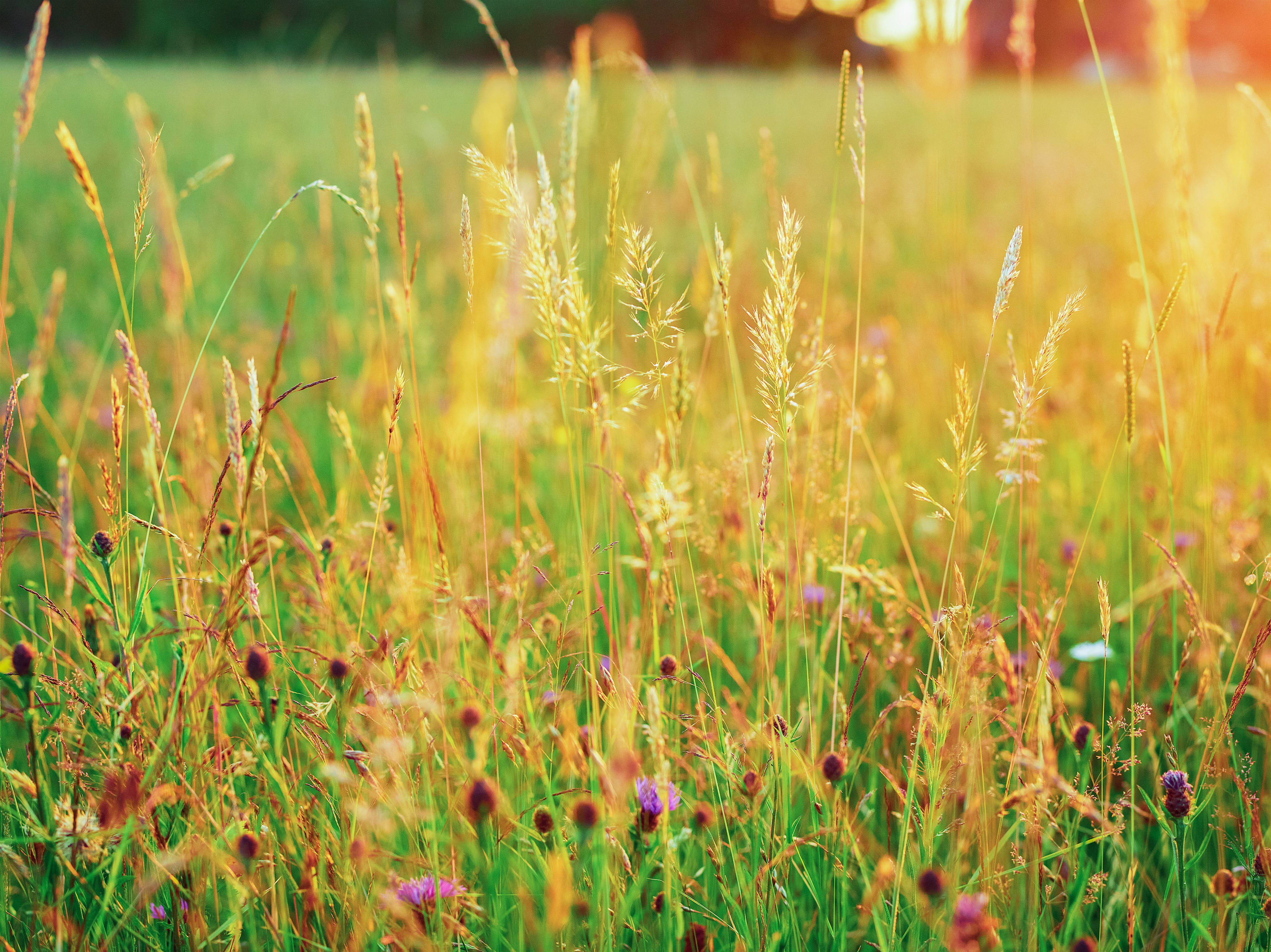
How farmers manage their land makes a big difference to the wider benefits it can deliver for nature, alongside food production.
The climate and biodiveristy crises require urgent action and WWT and FWAG South West are working with farmers to support a transition in land management, that helps build climate resilience and recovers nature whilst also producing nutritious food.
We ran a series of workshops with farmers to provide training, advice and share learning around wildlife friendly farming, soil health, working with natural processes, wetland management, and the support available to help farm businesses transition.
We’re also linking farmers up with researchers, so they can find out more about the species and habitats on their land, so they can better understand their farms' natural assets.
And by encouraging more wildlife friendly farming, it's not just the curlew that's benefitting. Working with farmers in this way, means we're also helping restore wider biodiversity, improve soil and water quality and increase the Vale's carbon storage potential.
Our vision is one where the floodplains of the Severn and Avon Vale once again provide a safe haven in which the curlew can flourish.
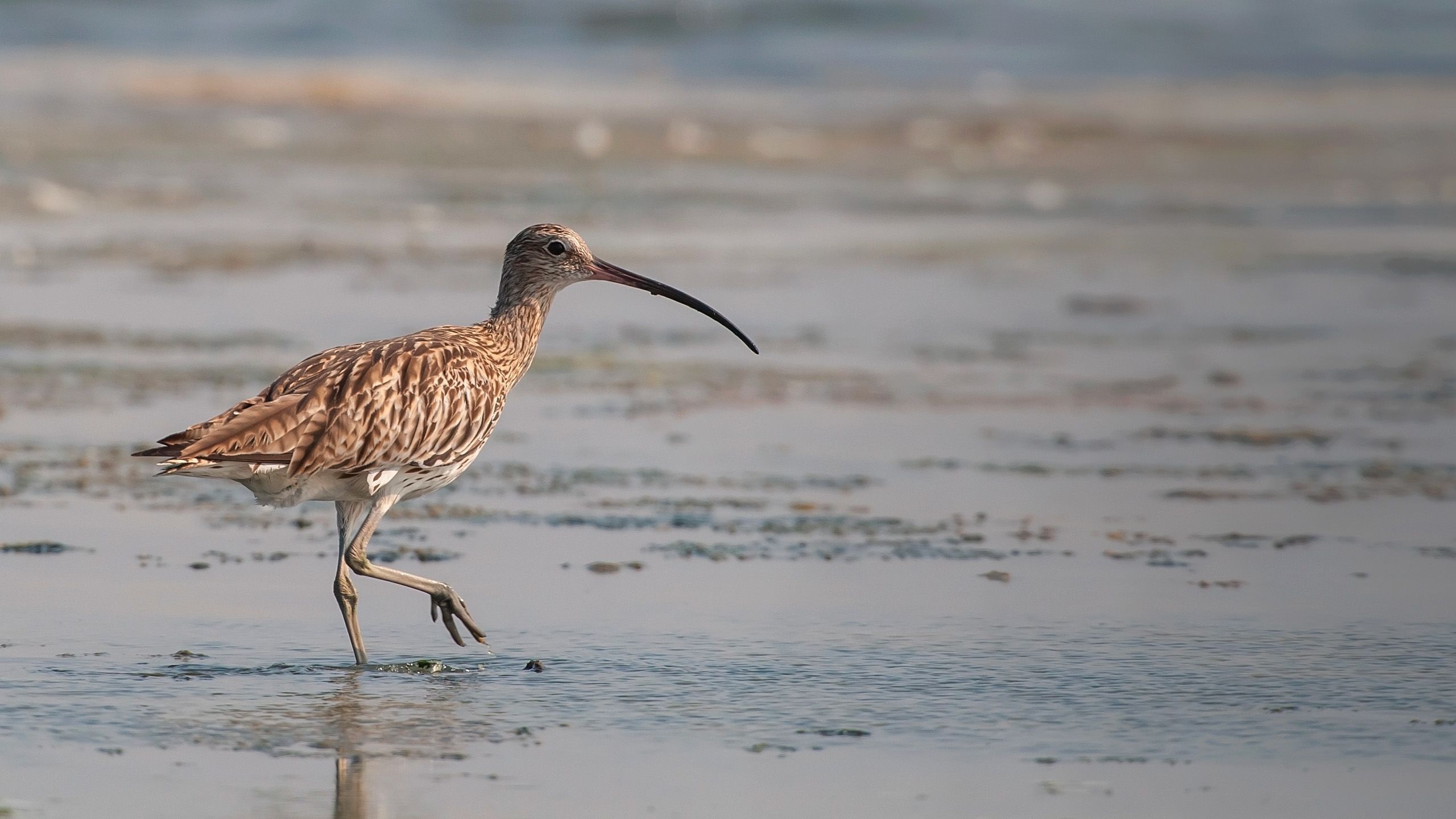
And where a rich mosaic of wetlands provides a safe haven for the many other birds that come here to breed, nest, feed and shelter.
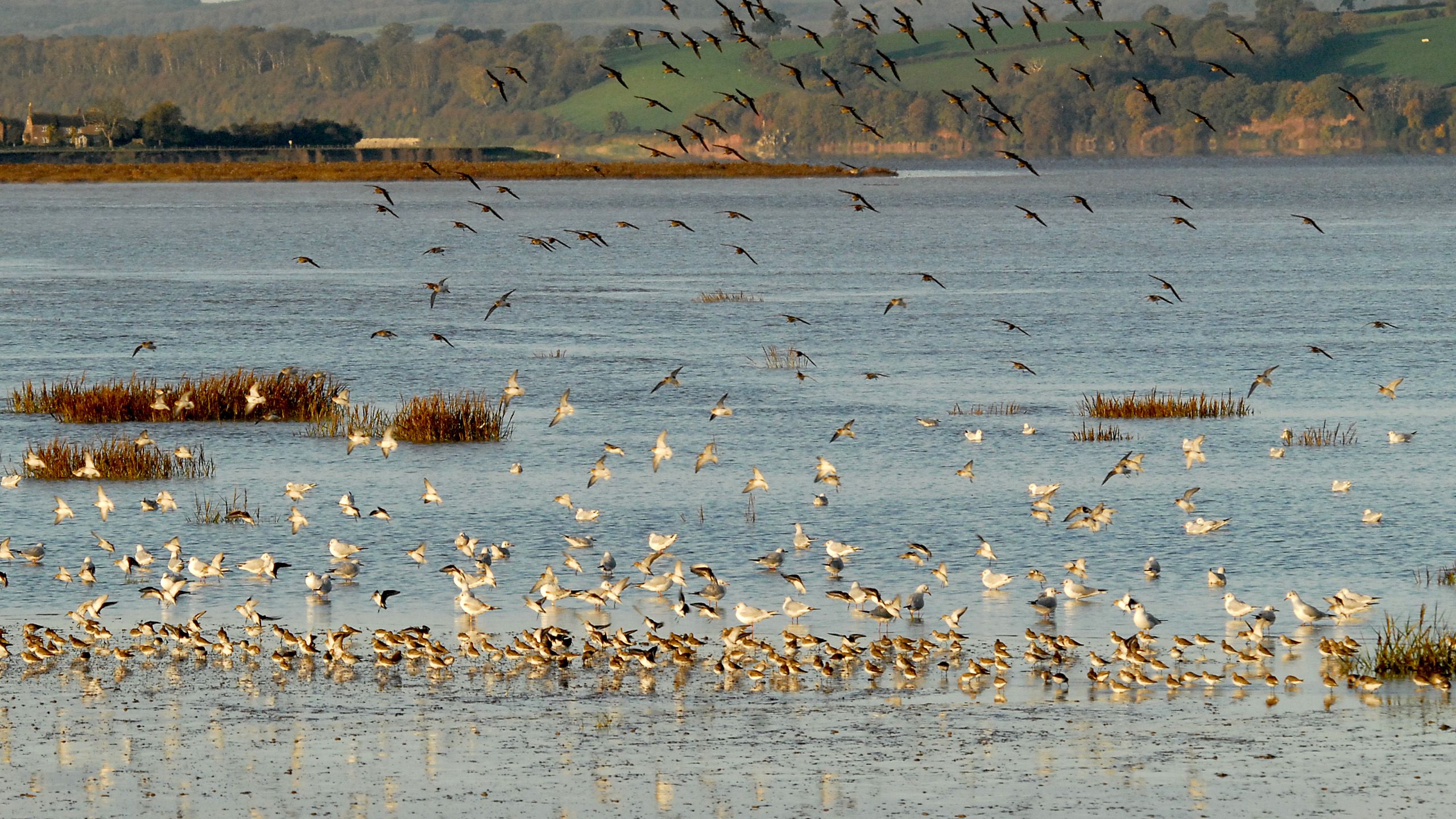
Next time...
Discover why restoring neglected farmland ponds could be the key to a better, more connected rural wetland landscape.
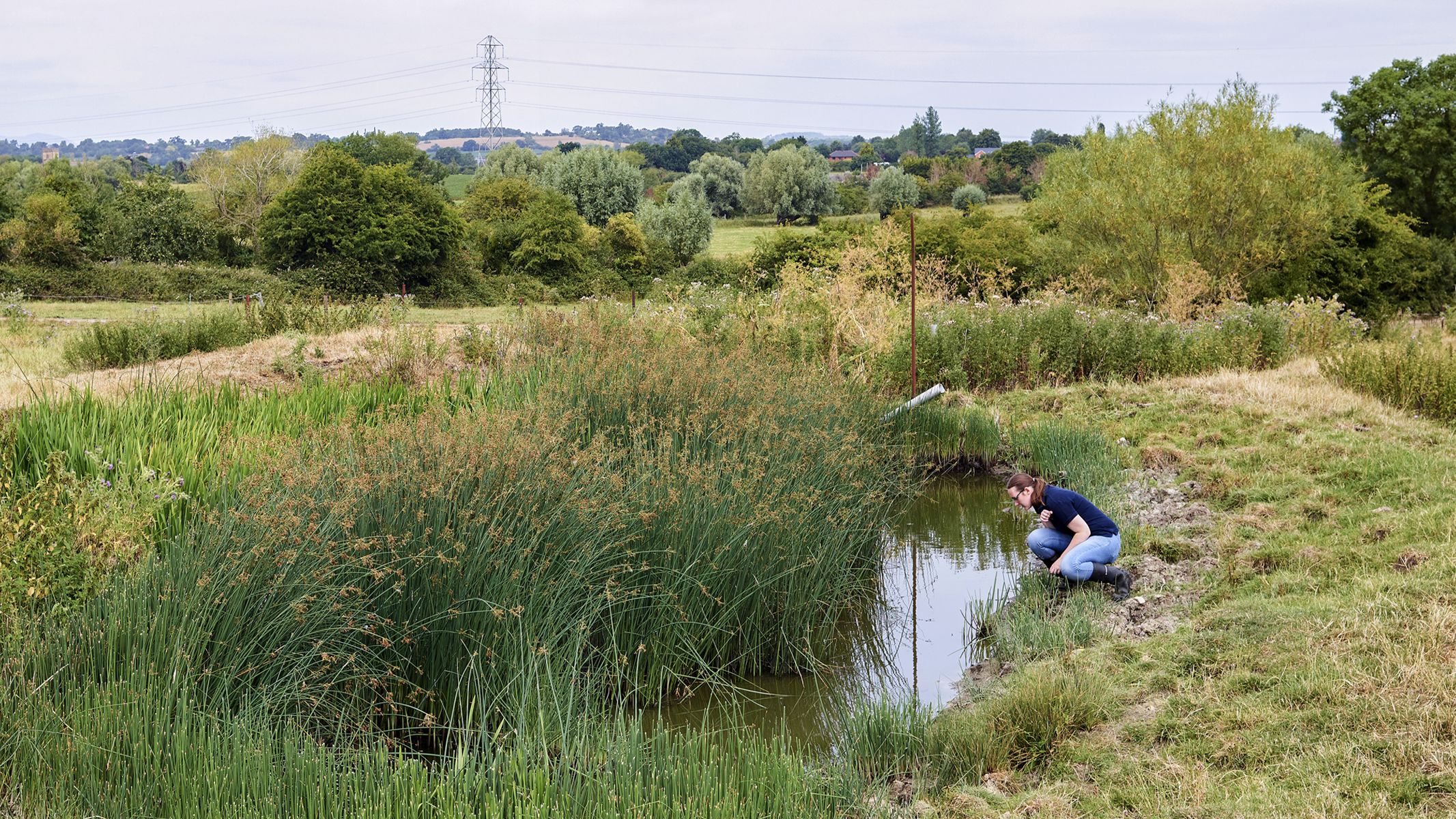
Find out more about curlews and our wider work below.
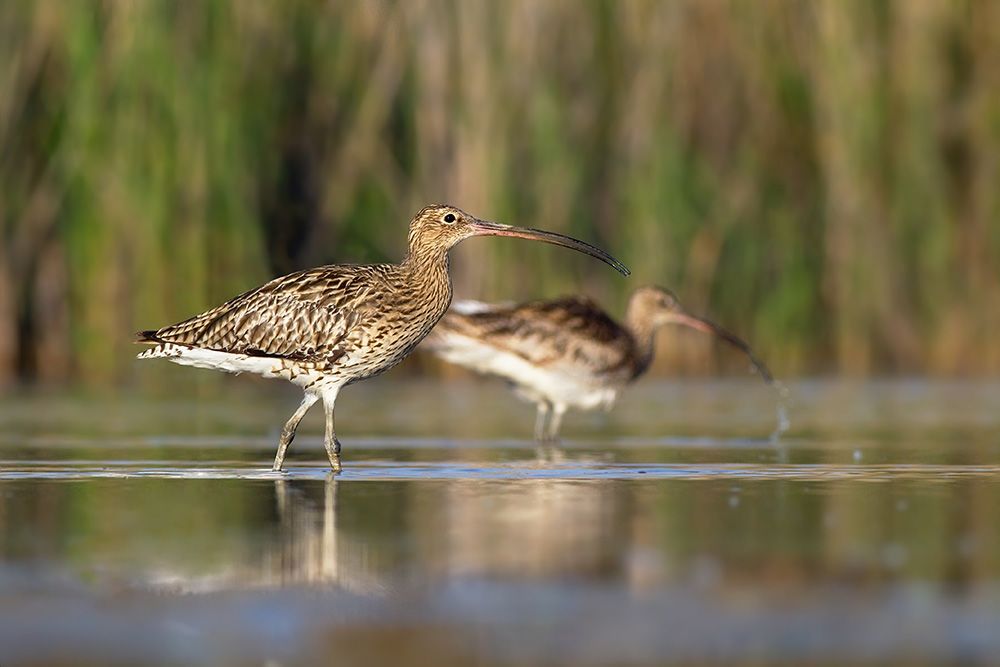
Curlew factfile
Find out more about this iconic bird that's inspired poets and artists throughout the ages.
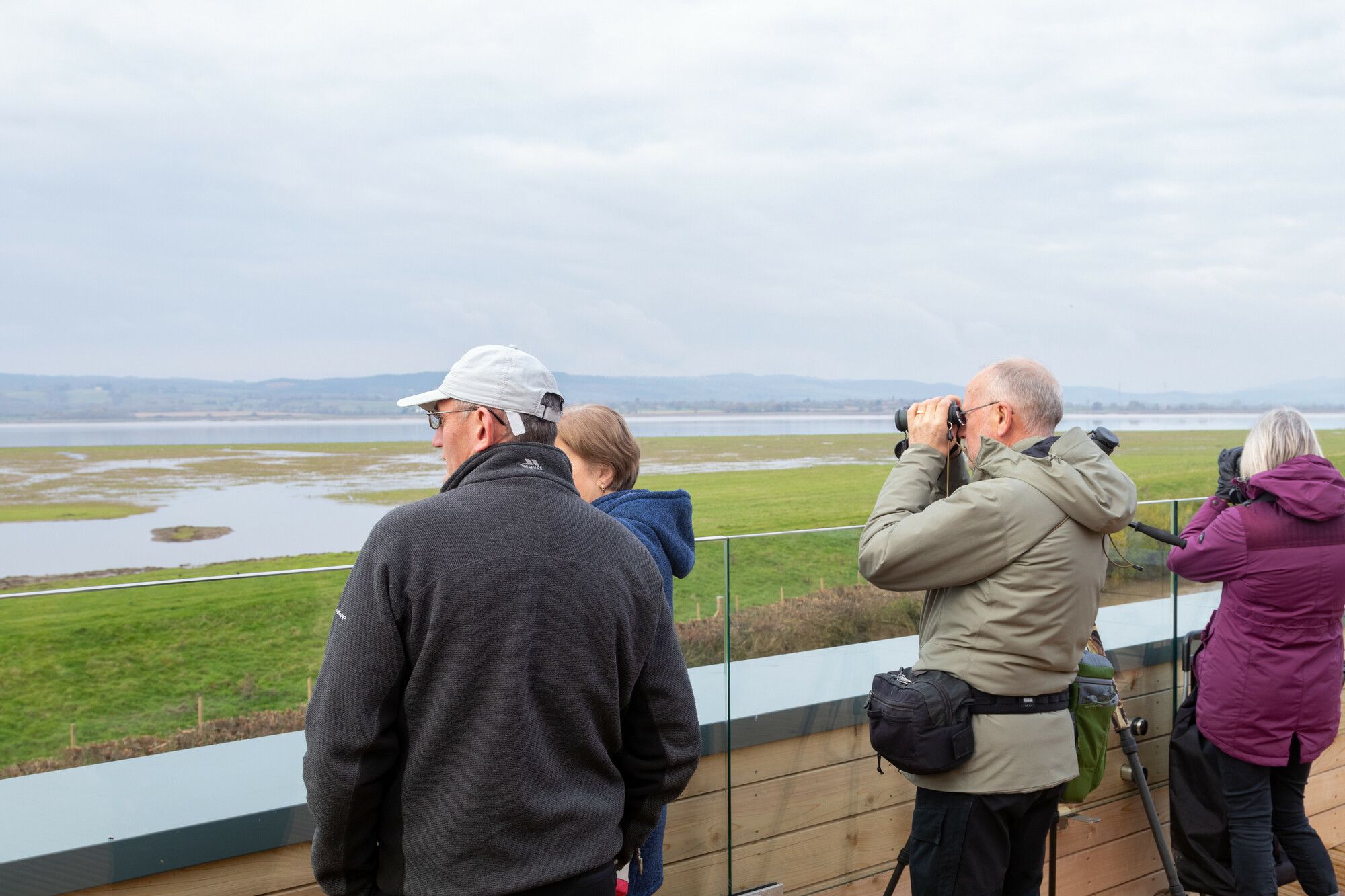
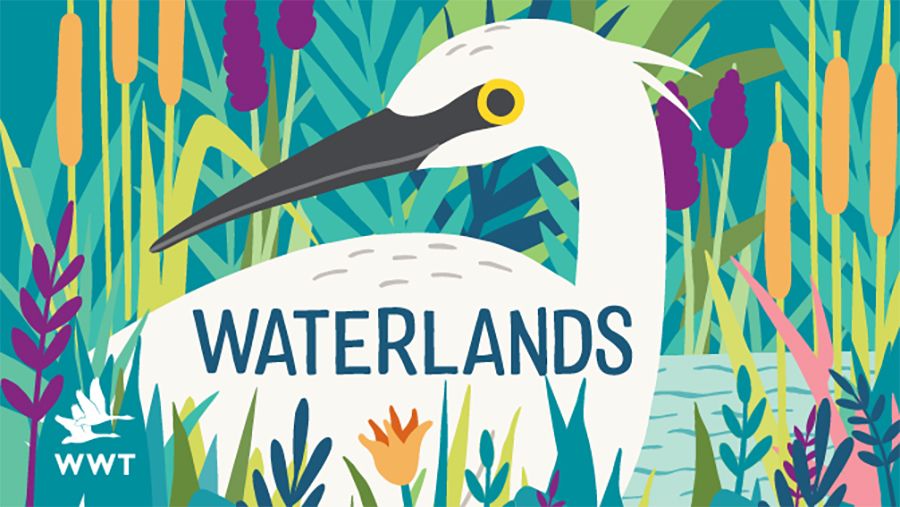
Heard our podcast?
Immerse yourself in the sounds and stories of our incredible wetlands and discover their power to shape our future for the better.
Did you enjoy discovering more about our Flourishing Floodplain work?
Why not read our previous photo story on this project and find out how we're 'sowing the seeds of hope' to save these precious wetlands.


© WWT images / Kane Bridges / Jim Johnston
